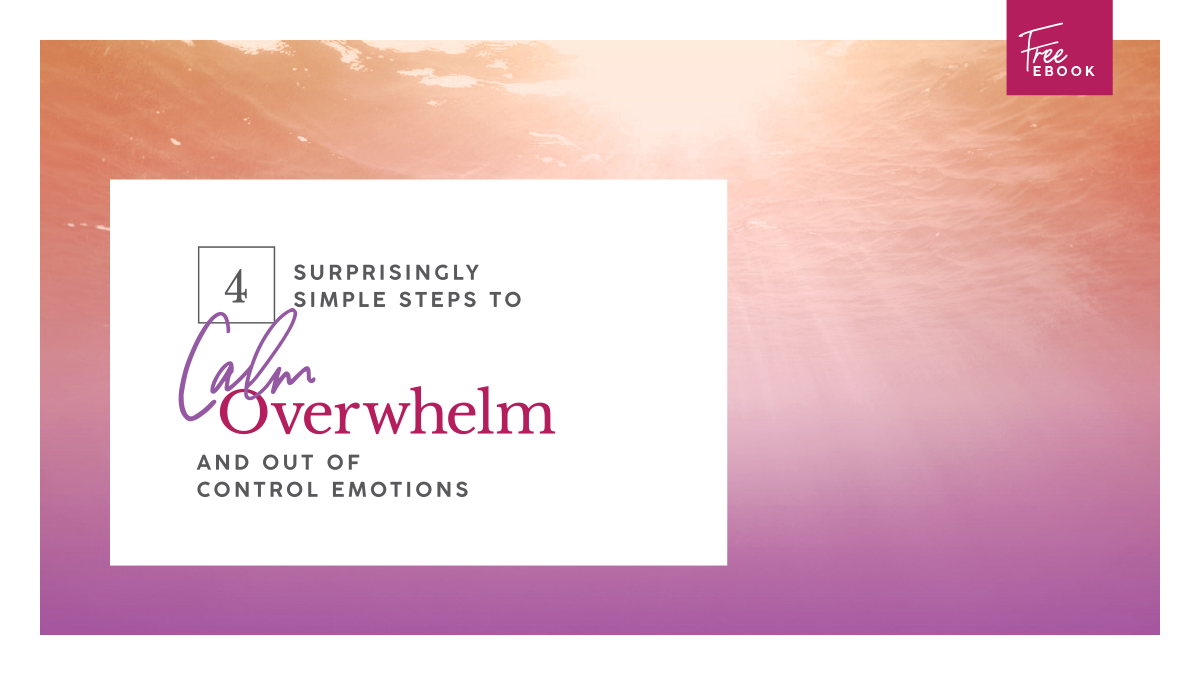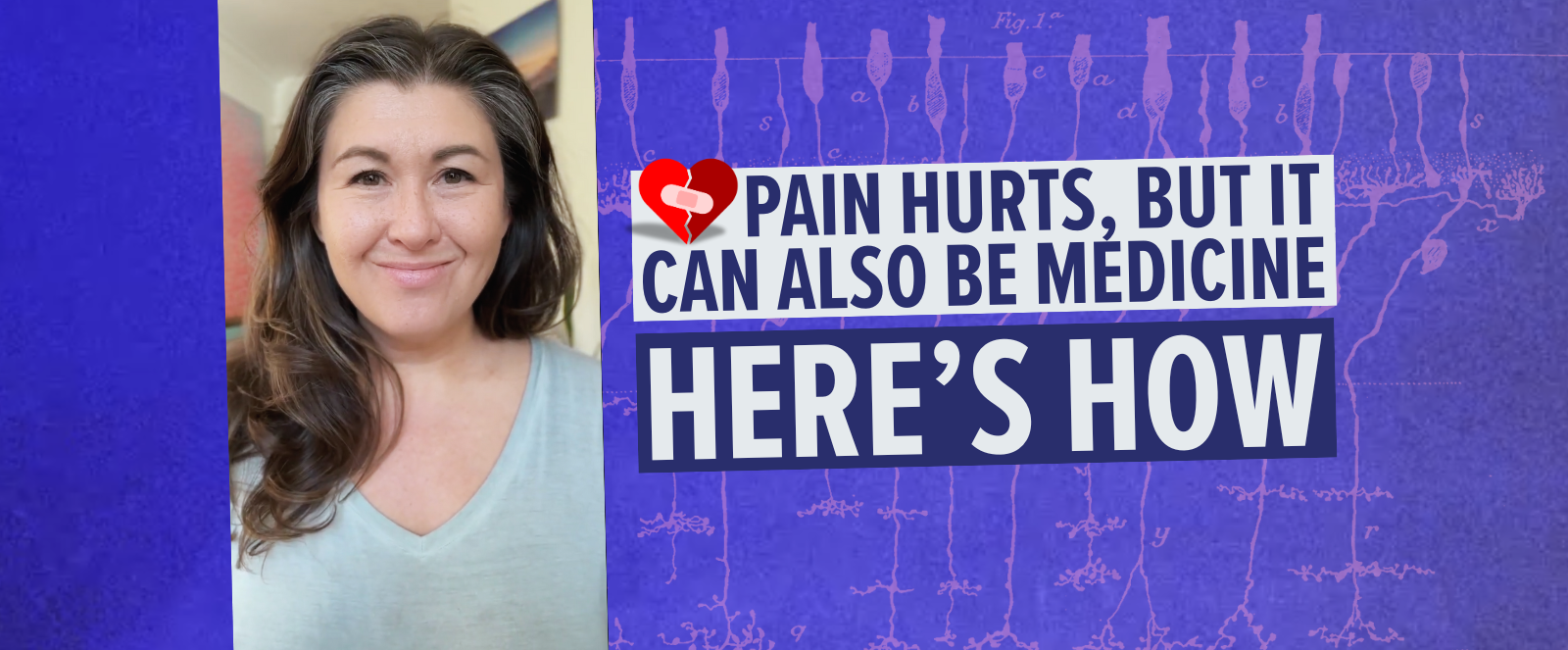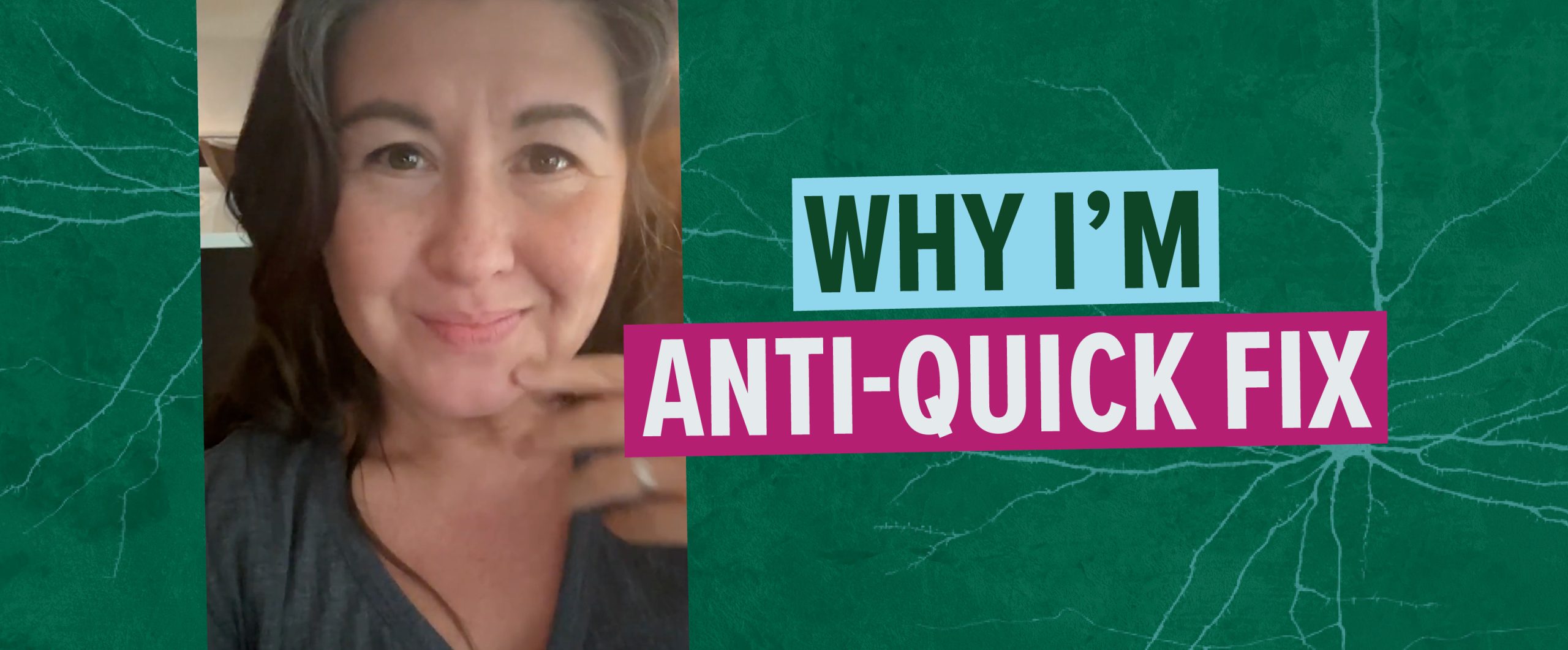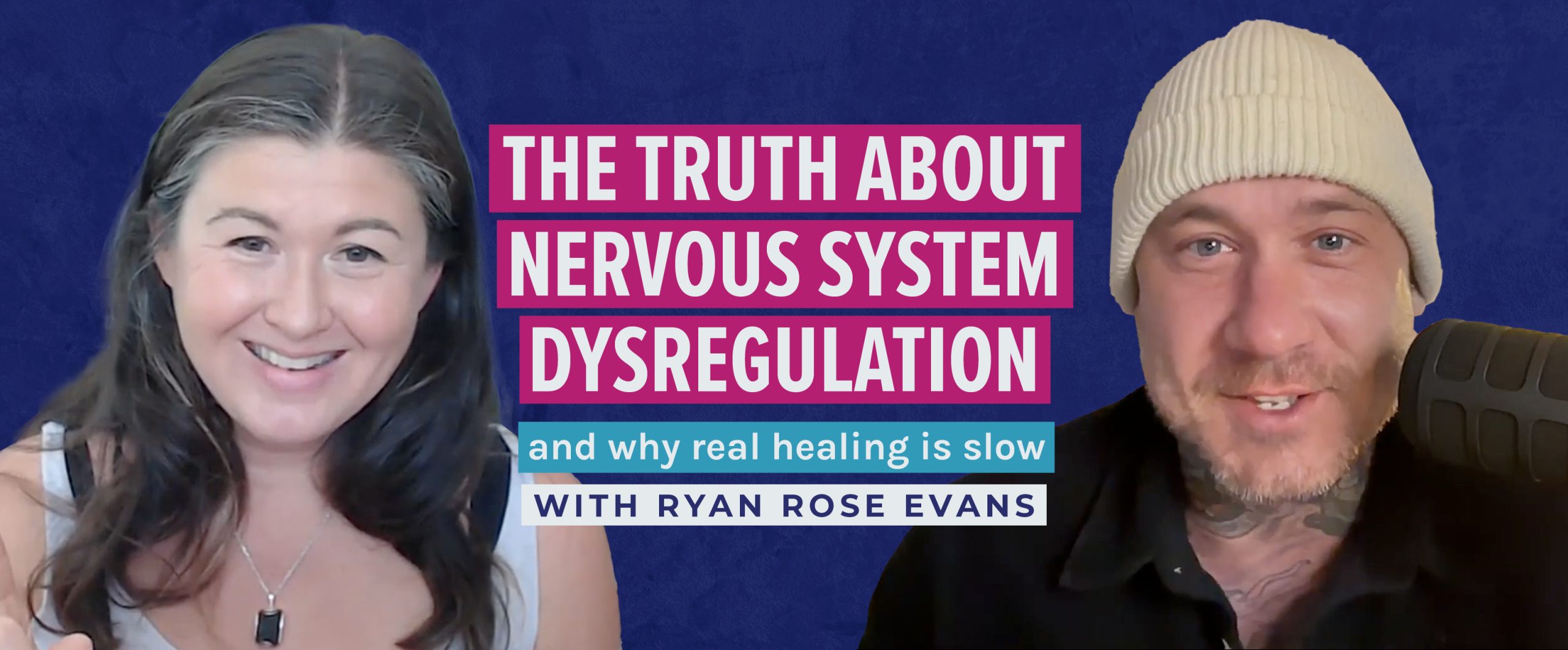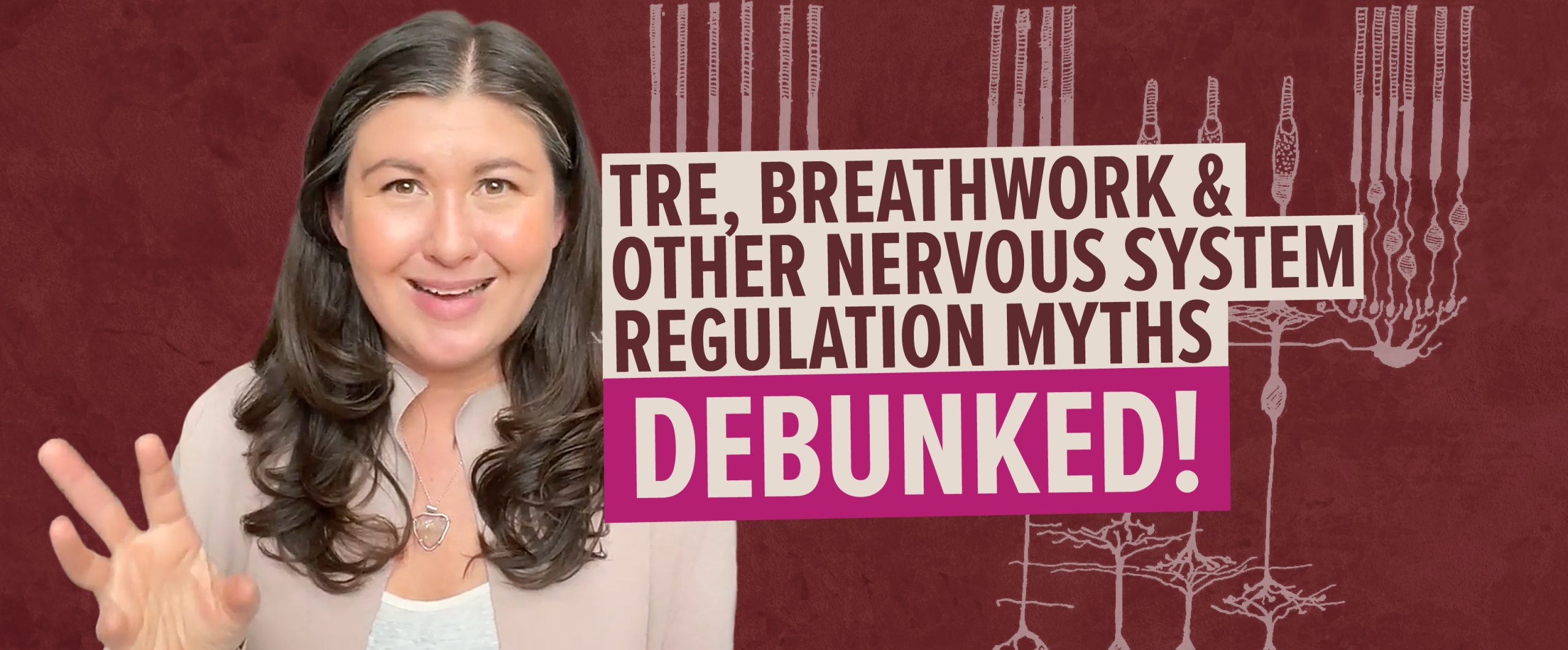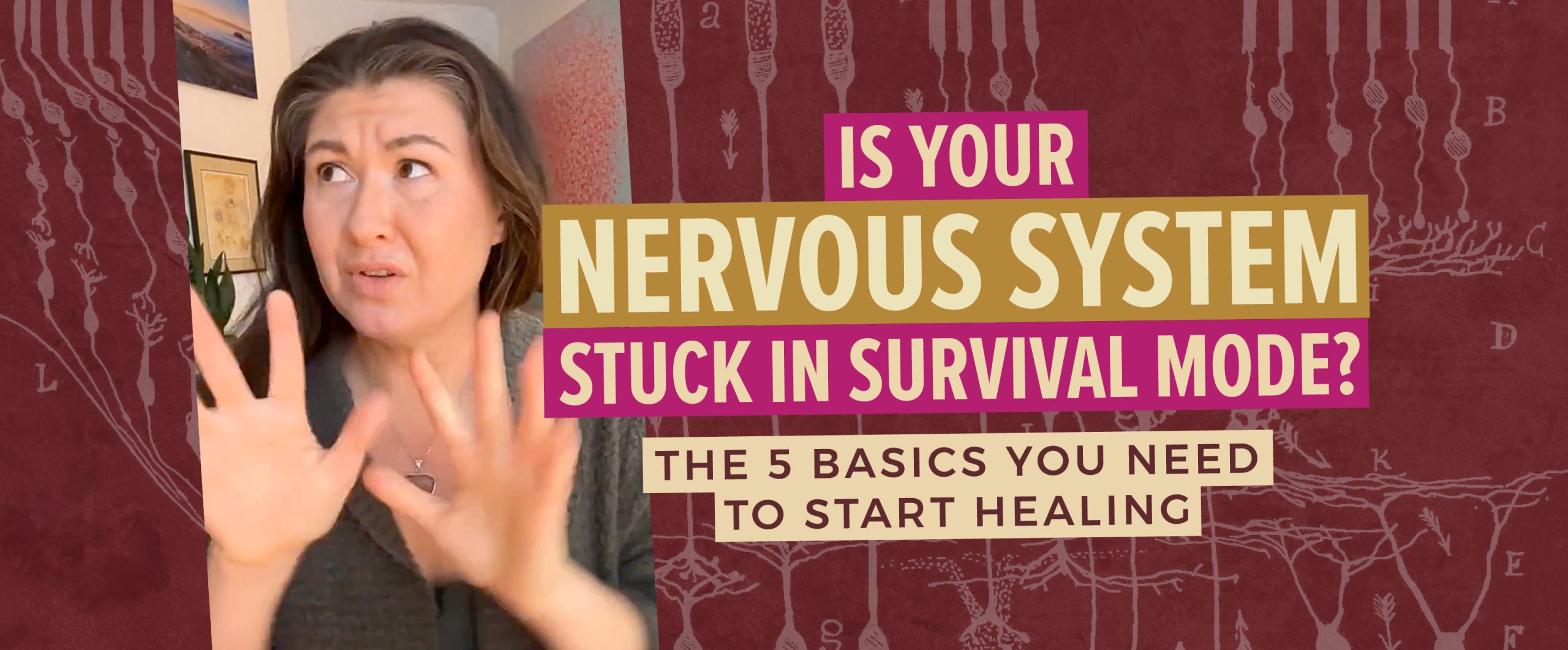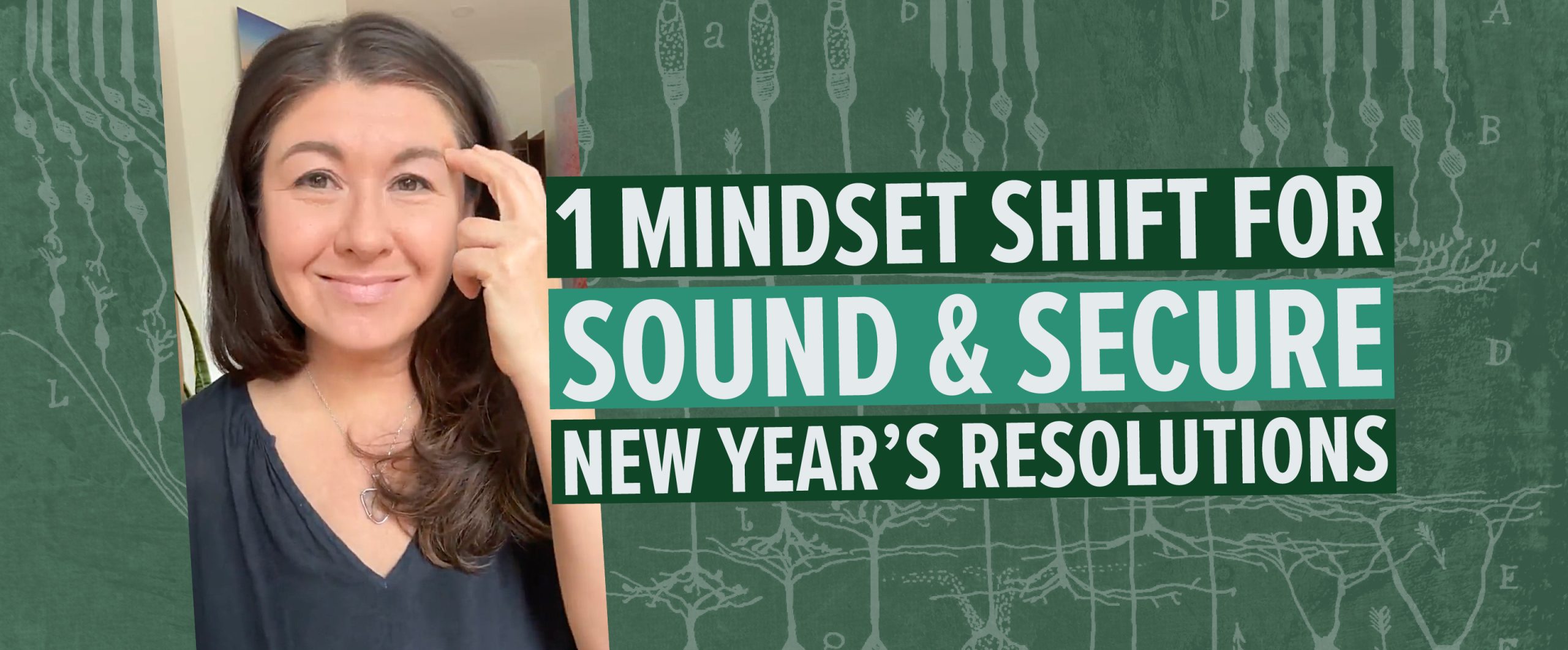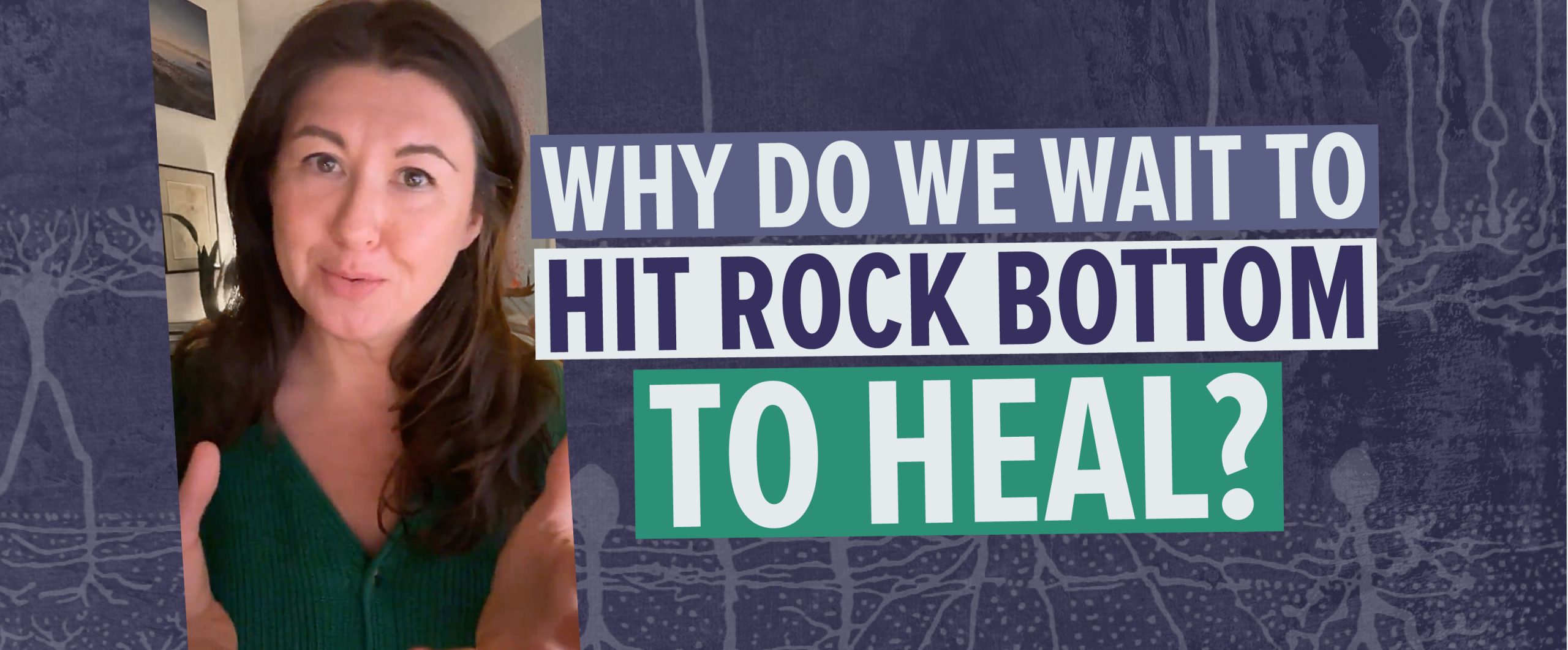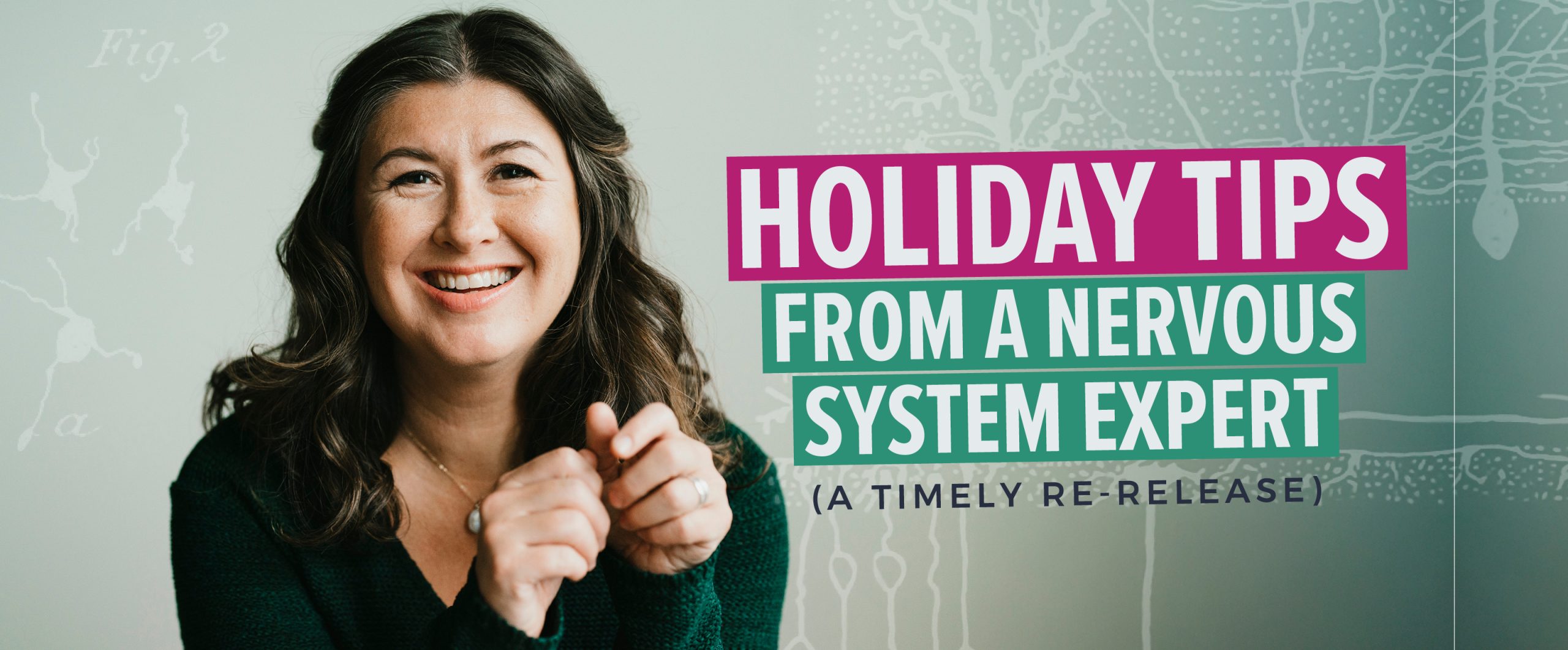When we are more active; during exercise, when we go up a flight of stairs or run for the bus, our breathing should increase. When we are relaxed; reading a book, watching TV or sleeping, our breathing goes down because our metabolism is slower.
Why do we find ourselves wanting to either take in a deep breath, hold, or suppress our breathing in moments of stress, panic or anxiety?
Usually it is because we think attempting to control our breathing will help alleviate any and all body sensations that might be unpleasant: a racing heart, throat constriction, emotional discomfort (sadness, grief, fear etc…) or even the stress that comes from a minor event like a slip or fall. We can also experience panic and anxiety just from the memory of that minor event.
The trouble is that when we override and try to control these unpleasant bodily experiences, we don’t allow our nervous system to reach a threshold of activation the body naturally wants.
Achieving that threshold will allow the entire body to reset. Just like a thermostat will click off when the temperature reaches the correct point, relieving the stress naturally.
Therefore, taking a deep breath when we feel we can’t breathe or holding our breath when it feels like it wants to increase, is preventing the natural and organic reorganization of our nervous system from taking place.
The result is the stress doesn’t let go; instead, it gets shuffled back into our cells and the last thing we want is the stress staying inside our cells.
Practical Tips
The next time you feel the urge to control your breath or feel a bit stressed out, rather than taking in a breath, or trying to ignore the stress try this:
1) Bring your attention to the external environment around you: orient and scan – simply look around.
2) Look at simple stuff – a picture frame, window, clouds in the sky. Neutral stuff.
3) Be aware of the movement of your head and eyes looking at those objects. Actually feel the whole head and neck move. Definitely don’t stretch, just try some slow, controlled and aware movement
4) Become aware of your body sensations. Try and notice them rather than trying to breath them away. Is there tension in the chest? Are your legs jittery? Bring attention to these areas and continue to look around.
5) Repeat this process until you sense your system start to cool down a bit.
~ If you’d like to become more embodied and mindful (and ‘bodyful’) without focusing on sitting meditations or stricter breathing techniques and practices then download my FREE audio exercise + cheat sheet, The 4 Simple Steps, by clicking on the image just to the right ⇒
Also, if you like what you’ve learned here, then I’d love for you to share this article with your friends on social media, or forward the link to anyone in your life who might benefit from these simple ideas and practices.
Irene.


